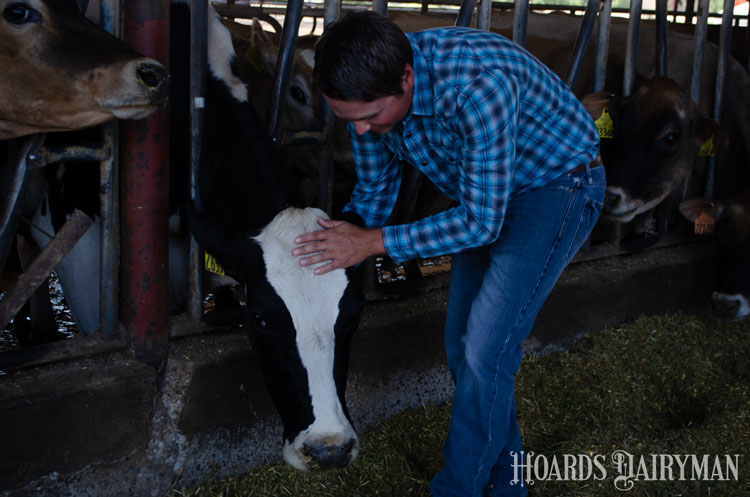If you have, or had, small kids in your life, perhaps you have read Caps for Sale. It is a 1940s children’s book about a peddler who is wearing a stack of hats on his head that measures taller than him, but he has little success selling the hats and is growing increasingly hungry without money to buy lunch. Worn out from his work, he takes a rest under a tree, at which point a group of monkeys takes all his hats. Eventually, he manages to trick the monkeys into dropping all the hats so that he can collect them again and stack them back on his head. However, at the end he still has not sold any hats or gotten money for lunch. That’s a lot of effort just to get back to where he started.
At the risk of overusing an analogy, I think this story lends itself well to reflecting on what your business needs heading into another year where uncertainty seems to dominate.
How many hats do you wear?
For the viability of the business, it is often necessary that the owners and managers wear multiple hats. It is also true that some fit better than others, some do not fit at all, and when wearing too many, the effort needed simply to balance them all can consume more energy than what is returned.
Where did the monkeys come from? The pictures in the story place the peddler in a small rural village, perhaps European or early American. It’s certainly not the native habitat for a group of monkeys, yet here are these mischievous monkeys disrupting the peddler’s efforts. Sound familiar? On the farm, we can hopefully reasonably predict and manage some native wildlife damaging a field of corn or poking holes in our silage cover, but then there are the monkeys. I am sure we can all think of times when it seems as though the figurative monkeys appear out of nowhere and run wild on the farm.
The nature of these unpredictable monkeys suggests we will not always be able to manage them without incident, but the odds of coming through these events unscathed is closely linked to the number of hats we are already wearing and how well they fit.
When we’re wearing the right number of hats, managing unexpected events can be tenuous but generally allows for forward progress. With too many hats, or ill-fitting hats, often the best outcome is simply tricking the monkeys into giving the hats back but not selling any. Other times, we can’t even get all the hats back.
Now that I have perhaps overstretched the similarities between this decades-old children’s book and your farm, it is worth noting that the final takeaway is in direct contrast to the story. While the peddler’s livelihood is linked to selling the hats, on the farm, there is often a tendency to want to hold on to too many of the hats with a fear that you can’t afford to let them go. However, time and time again, the real risk is not in letting some go but in trying to wear them all. As we begin a new year, take some time to evaluate how many hats are appropriate to wear and what hats are the poorest fit for you. Make a pile of the ill-fitting hats, find others who wear them better than you, and you will be much better positioned to deal with the monkeys.
To comment, email your remarks to intel@hoards.com.(c) Hoard's Dairyman Intel 2024January 18, 2024








